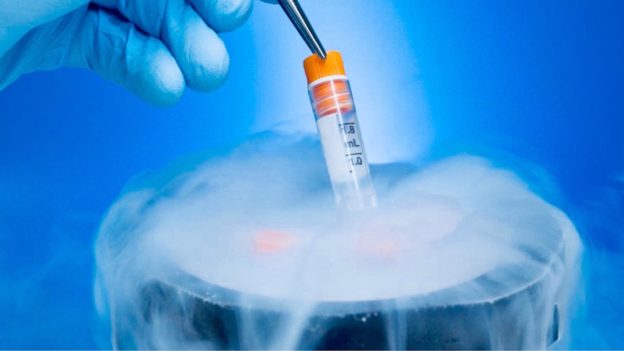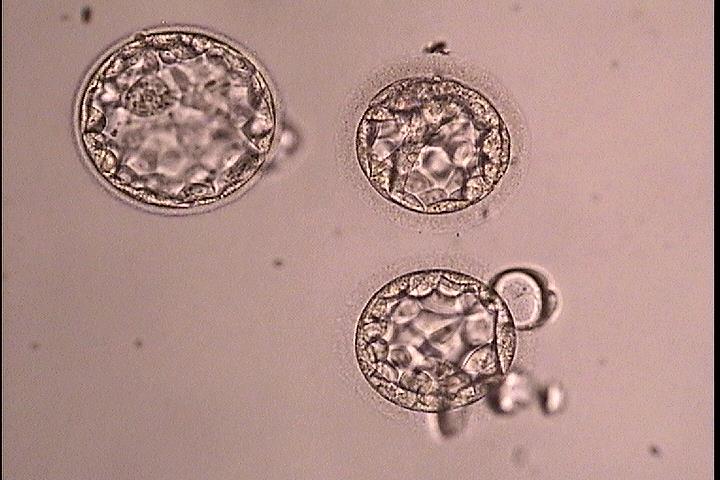
The Freeze-All Strategy
Elective freezing of all embryos, followed by cycles of frozen and thawed transferred embryos emerged as a strategy, to prevent the risk of ovarian hyperstimulation syndrome and allow recovery of the endometrium after controlled ovarian stimulation, leading to better IVF results. .
 The total blastocyst freezing policy (embryos on day 5, figure 1) can minimize the number of abnormal embryos and, consequently, failed embryo transfers.
The total blastocyst freezing policy (embryos on day 5, figure 1) can minimize the number of abnormal embryos and, consequently, failed embryo transfers.
The Freeze-all strategy concept has evolved due to two main drawbacks of multi-follicular stimulation for IVF. The first reason for the emergence of the Freeze-all strategy is security. Ovarian hyperstimulation syndrome (OHSS) is considered one of the leading causes of morbidity among women after controlled ovarian stimulation (COS).
The second reason is related to the endometrial environment after COS. An increase in the number of retrieved oocytes and, consequently, an increased number of available embryos is expected to contribute to a relative increase in the rate of available embryos.
 To answer the question which of the patients who follow the total freezing policy can benefit the most in terms of cumulative live birth rates, our results suggest that the number of blastocysts formed and vitrified may be an essential criterion for evaluating the final result of the treatment.
To answer the question which of the patients who follow the total freezing policy can benefit the most in terms of cumulative live birth rates, our results suggest that the number of blastocysts formed and vitrified may be an essential criterion for evaluating the final result of the treatment.
The present study attempted to analyze the final outcome of treatment, regardless of the number of oocytes produced, but based on stronger evidence, such as the number of blastocysts available. However, further analysis is required to identify patient subgroups that are actually intended for cryopreservation and those that are intended for fresh embryo transfers

 E, Chartomatsidou T, Timotheou E, Tatsi P, Katsoula E,
E, Chartomatsidou T, Timotheou E, Tatsi P, Katsoula E,